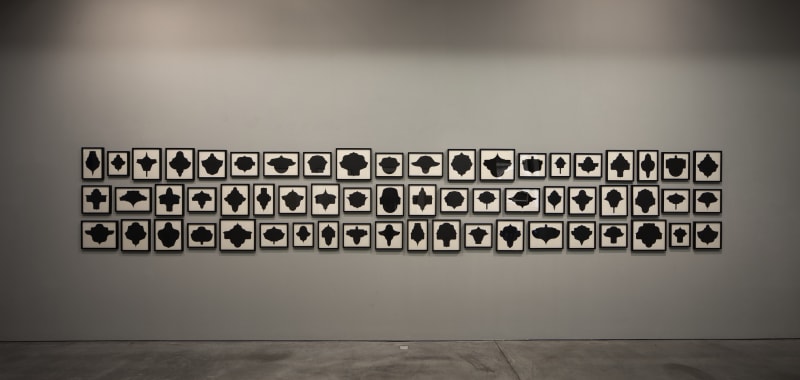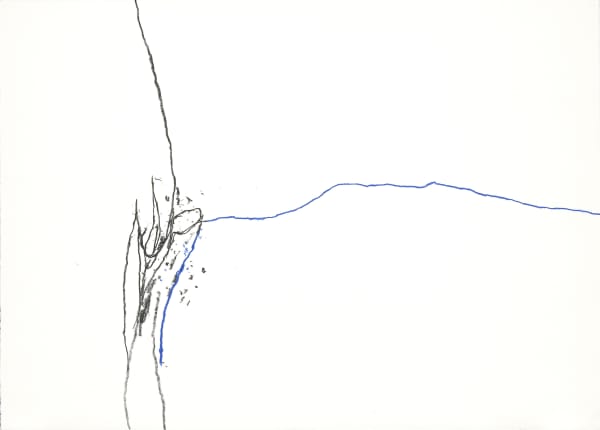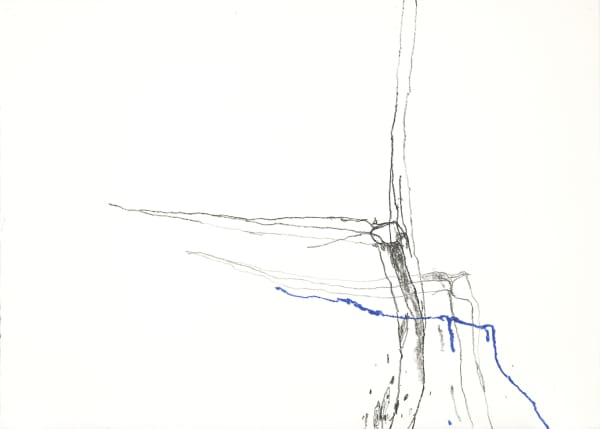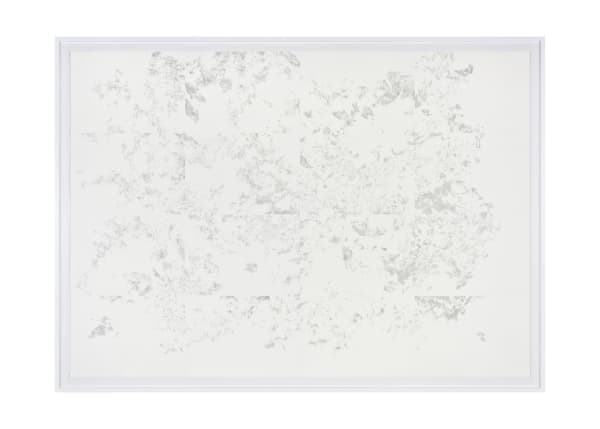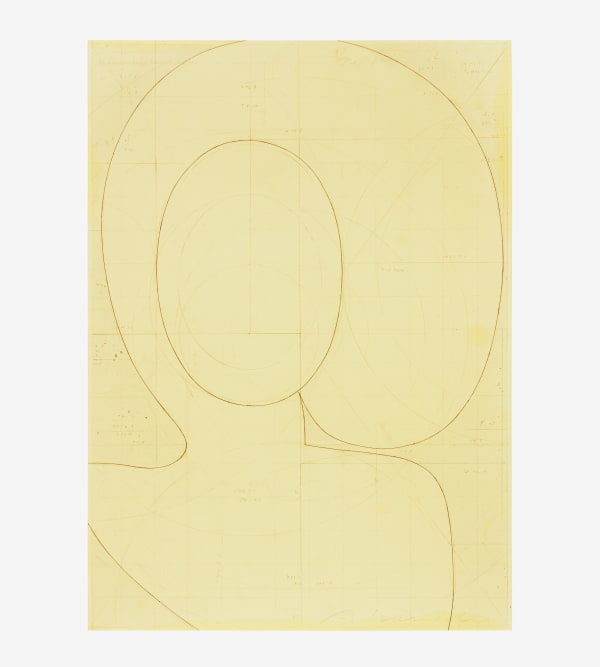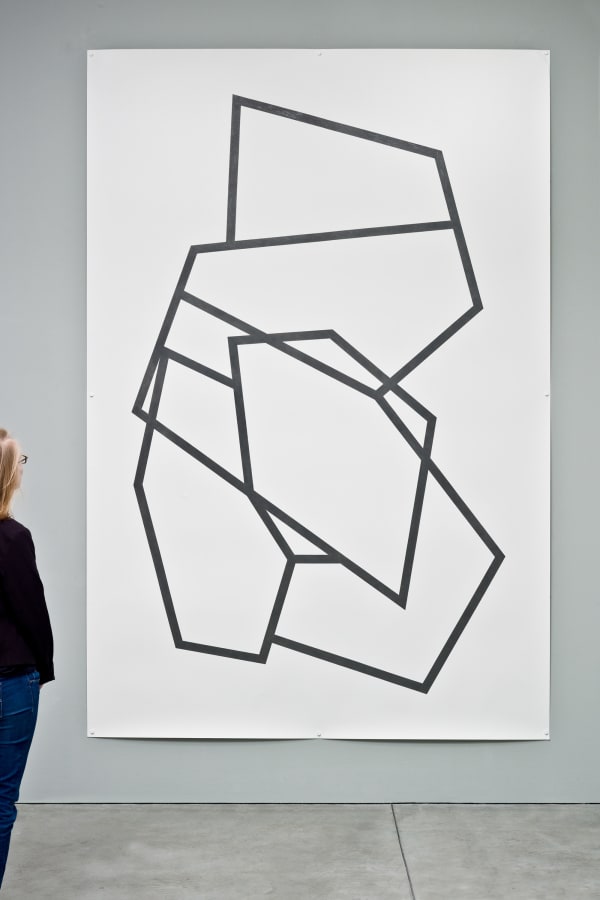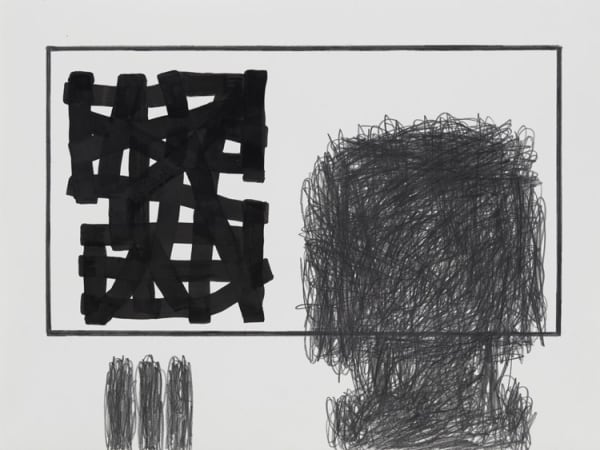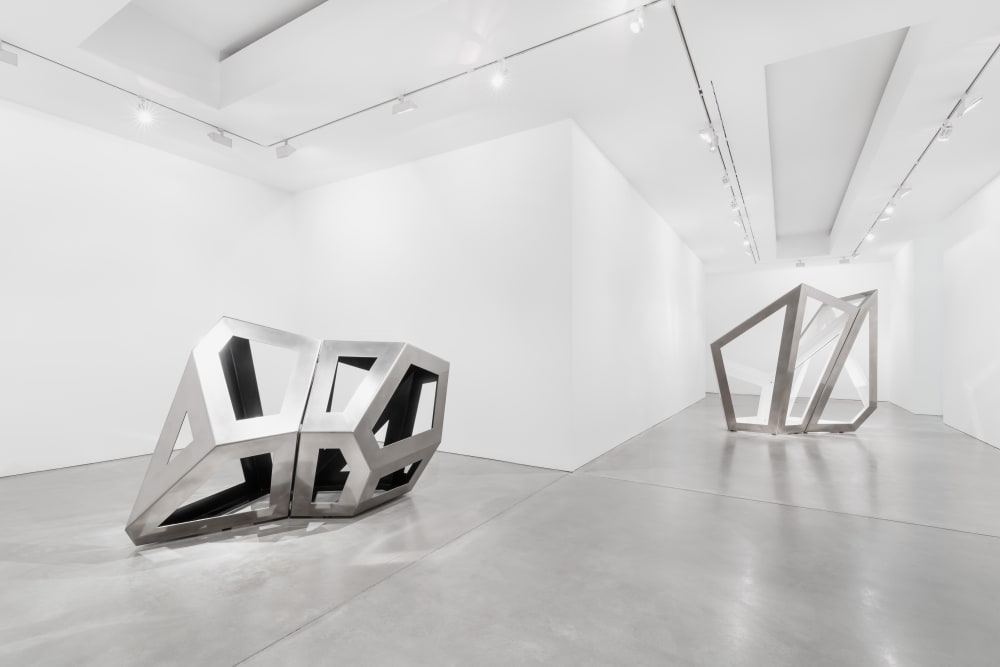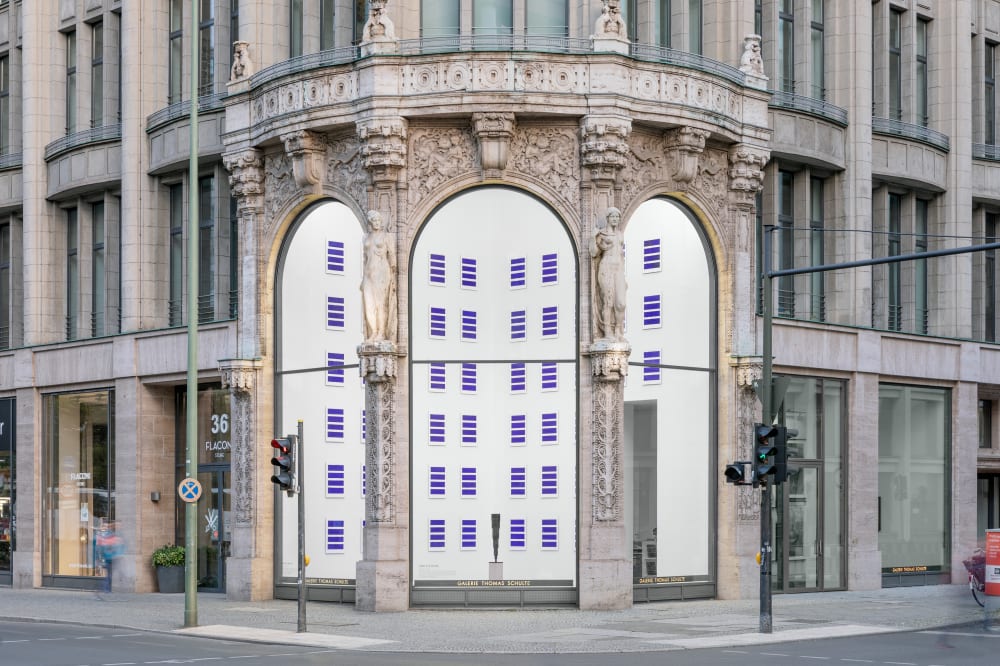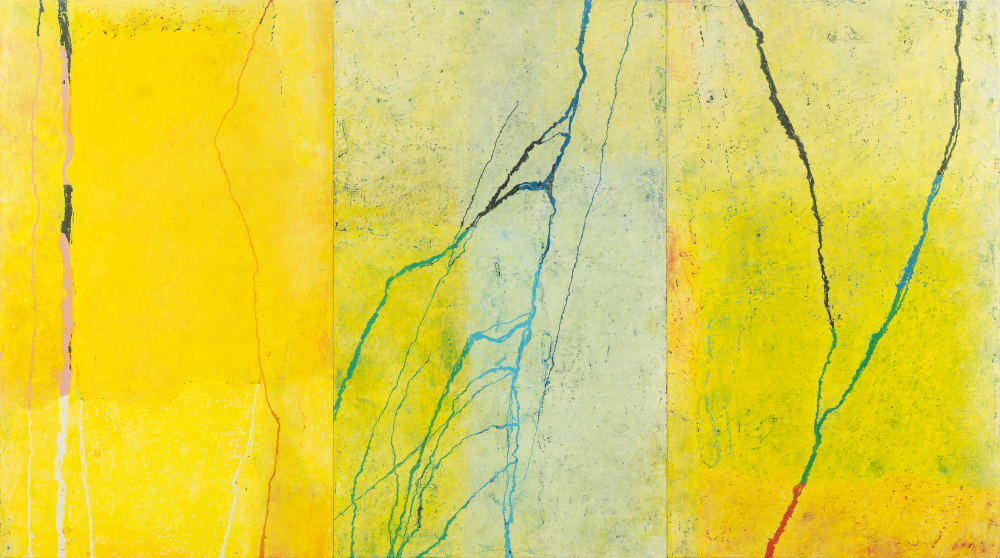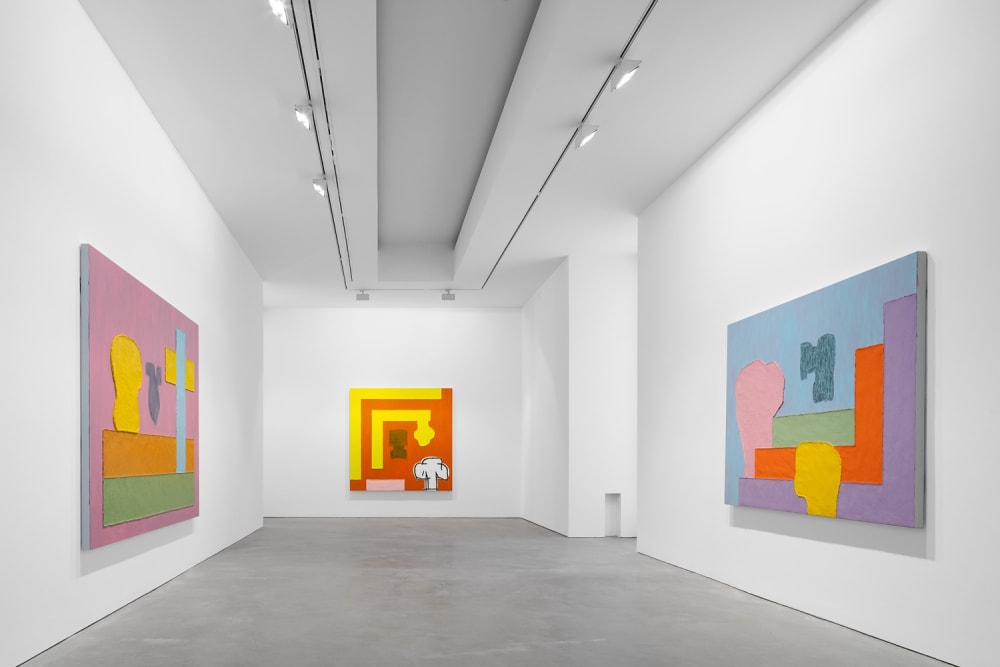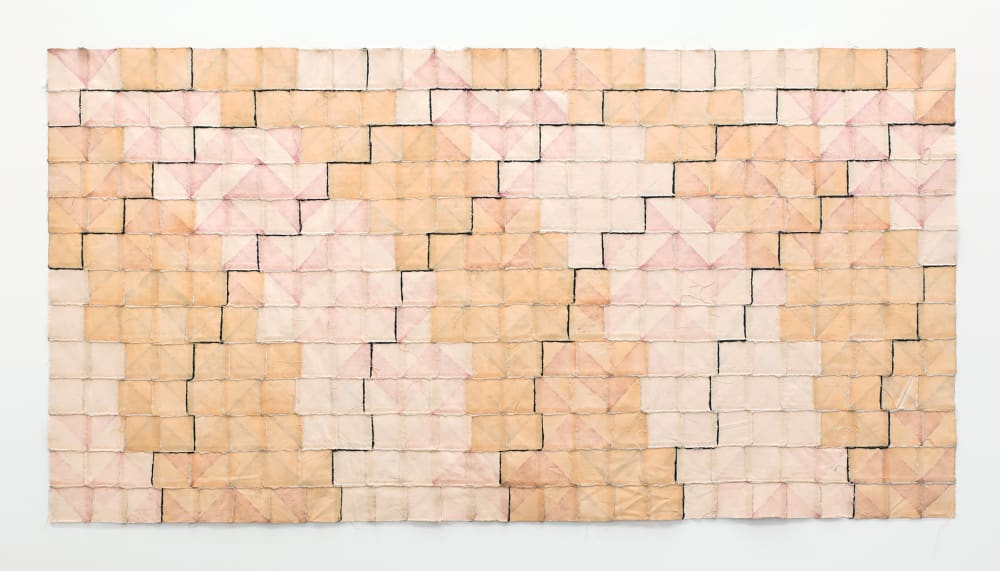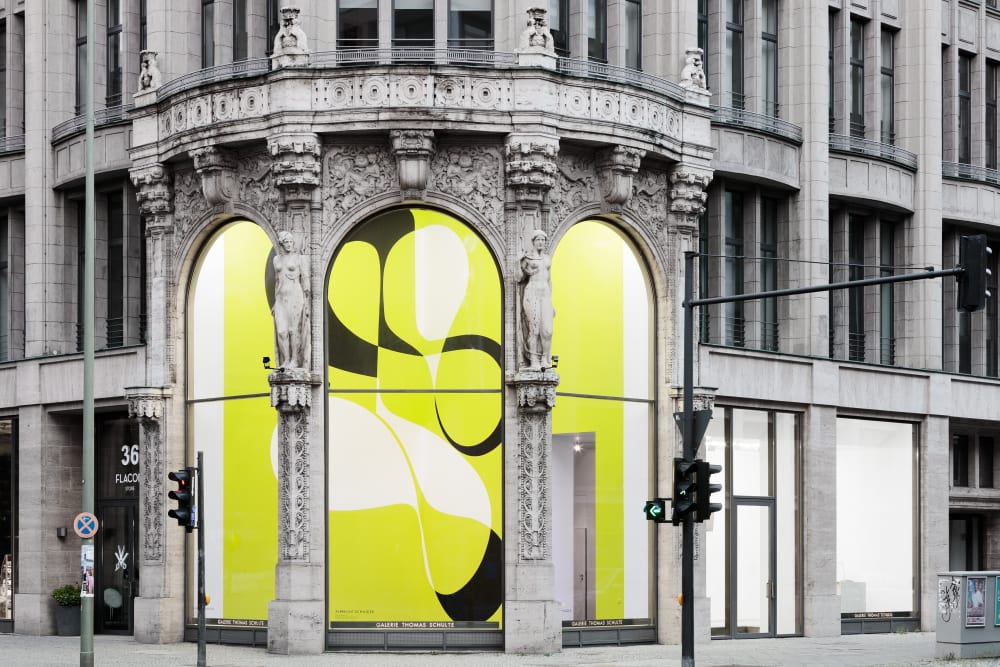THOUGHT: GROUP EXHIBITION
-
介绍
Minimal and Concept Art in the 1960s were the first to develop new strategies for which the drawing, as the carrier of the artistic ideas, was often the starting and end point. The exhibition, THOUGHT, at Galerie Thomas Schulte brings together seven artists which the gallery represents and for whom the drawing reflects conceptual thought processes while at the same time manifesting processes of pictorial abstraction.
American artist Jonathan Lasker (born 1948 in Jersey City, USA), who engages with the possibilities of painting in the face of an increasingly con-cept-oriented art, began in 1986 to make detailed drafts of his compositions using drawings and small formats, only to then recreate them precisely in large formats. The organic, subjective-gestural idiom of his earlier works was thus replaced by an increasingly intellectual process that is under the artist’s constant control and excludes any chance elements.
For Swiss artist Albrecht Schnider (born 1958 in Lucerne, Switzerland) the drawing also serves as a model for painting and can be regarded as an essential basis for his oeuvre. Schnider’s drawings also explore the potential of pictorial representation, be it in abstract studies or in faceless portraits made up of geo-metrical forms. For Schnider, the immediacy of the drawing process functions as a counterbalance to the strict composition of his paintings, for unlike in Lasker’s case, for him the drawing is not necessarily a direct model.
The drawing as an expression of planning-related ideas and concepts has always played a major role in the sculptural work of Richard Deacon (born 1949 in Bangor, Wales). Deacon’s drawings clearly exhibit an uncompromising exploration of the limits and potential of contemporary sculpture. On the plane, Deacon lays the intellectual ground plan for the later execution of his sculptures, thereby simultaneously creating an independent drawing oeuvre which in itself is a “role model:”
In the 1980s, Allan McCollum (born 1944 in Los Angeles, USA) developed surrogates for each genre of traditional artworks. These functioned as re-presentatives whose simple combination of colours and forms he individualised and at the same time replicated in series. His Drawings, presented in groups of 15 to 180 copies, emerge as axisymmetric figures due to their combination of straight lines and quadrants transferred to cardboard using stencils and coloured in with graphite. These represent the drawing itself, in the form of a dense black plane. Even if they resemble mass-produced objects, not one of the Drawings created by McCollum is similar to the other.
The gallery is showing two younger positions with Idris Khan (born 1978 in Birmingham, England) and Michael Müller (born 1970 in Ingelheim on the Rhine; Germany). Both artists engage in different ways with the medium of the drawing. Michael Müller takes his own drawing gesture as the theme of his art. His cartographical pencil drawings are usually large constructs consisting of several standard sheets of paper covered in dense abstract hatching. Müller’s work, Gefühl und Gefüge, confronts the need for wholeness with a fragmentation that is inherent in the picture and is addressed by means of the breaks between the individual drawing sheets.
Idris Khan, who has made a name for himself above all for his super-impositions of digital reproductions of pictures, texts and musical scores, has recently begun to rely on his own material and does not conceive of the drawing’s limits in any conventional sense. In the stamp works presented here in the exhibition, the artist addresses the theme of the coding of messages and writing as a medium for storing knowledge. Khan’s radically applied lettering is superimposed in such a way that the actual text is difficult to decipher. For his large-format wall drawing in the Corner Space of the gallery, Khan has used texts by the late-medieval theologian Meister Eckhart: the circular form of the repetitive lettering corresponds to the Dominican theologian’s understanding of time and eternity.
The works by Paco Knöller (born 1950 in Obermarchtal, Germany) have a special position within the exhibition. Fourteen of them, from the series, The Thinking Reed, are presented in the gallery’s Window Space. Knöller began his art training in the 1970s with Joseph Beuys at the Kunstakademie in Düsseldorf and this is still evident in his particular drawing style. In Beuys’ sense, Knöller’s drawing process is also an expression of material-thinking and thus the result of a very conscious act of thinking.
-
安装图示
-
作品
-
参展艺术家
-
Inquire about works by THOUGHT
